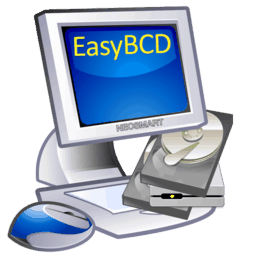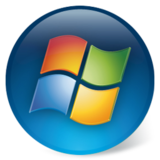As we mentioned back in March, we switched NeoSmart Technologies over from PHP‘s ISAPI extension for Windows/IIS to Microsoft’s “FastCGI for IIS” implementation instead in hopes of achieving better reliability and uptime during times of heavy load.
Whether you like Windows or not, at some point or the other, you may find yourself using IIS 6 or even 7, and then you’ll be wondering why the open source technologies you’re using aren’t as stable as ASP or MSSQL on Windows. However, ever since the release of IIS 6, Microsoft has truly remade Internet Information Services as a real contender in the server market, providing a highly secure, stable, fast, and flexible web server for the masses. IIS 7 (due to ship with Longhorn Server sometime in 2007) is currently showing all the signs of being even better, with complete modularization of all components and a highly extensible, XML-based framework.
We’re really happy to be able to finally say with all conviction that it really works! This week, NeoSmart Technologies was featured on the homepages of many link aggregation sites (including Slashdot) for our Desktop vs. Web RIAs article. And we’re glad to say that even with the extreme load, for the entire past week we’ve had 100.00% uptime with respect to network, IIS, MySQL, and everything else!
Continue reading →
 This just in from the up-all-night department: EasyBCD 1.6 has been completed!
This just in from the up-all-night department: EasyBCD 1.6 has been completed!


 Microsoft has just released the public downloads for
Microsoft has just released the public downloads for  NeoSmart Technologies is hiring once again! This time, we’re looking for bloggers/posters – nothing mind boggling nor anything too difficult: we have another (non-profit) project for the community we’d like to get kicked off, and with our current resources and staff tied-up beyond belief with their current workload (working hard to get you the software, support, and research at the quality levels you’ve come to expect from us!), we’re happy to announce our first open blogging position in years!
NeoSmart Technologies is hiring once again! This time, we’re looking for bloggers/posters – nothing mind boggling nor anything too difficult: we have another (non-profit) project for the community we’d like to get kicked off, and with our current resources and staff tied-up beyond belief with their current workload (working hard to get you the software, support, and research at the quality levels you’ve come to expect from us!), we’re happy to announce our first open blogging position in years!